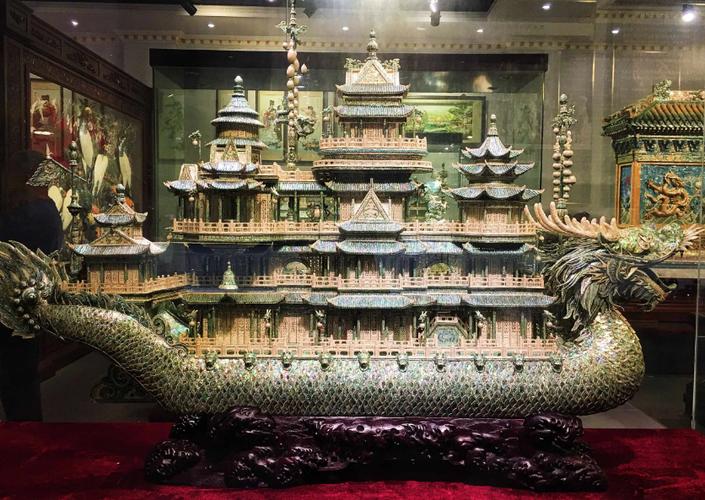
Shell Carving: A Pearl by the Sea, Illuminating the Land
Dalian, located in Liaoning Province, is often described as a shimmering pearl along the Bohai Sea. Known for its robust economy and rich cultural scene, the city is especially renowned for its shell carving art—a signature craft and an important element of the province’s intangible cultural heritage.

A shell carving artwork
Thanks to its coastal location, the ancestors in the Liaoning region developed a long tradition of using shells. In ancient China, shells even served as currency, one of the earliest forms of universal exchange. After their role in trade faded, shells became favored as a medium for art. For example, during the Han Dynasty about 2,000 years ago, carved shells were discovered in graves as symbols of good fortune for the tomb owners.
By the Ming and Qing dynasties, shell carving had become highly refined and was popular among dignitaries, wealthy merchants and influential figures. Dalian’s shell carving techniques are noted for their complexity, involving multiple intricate processes, flawless composition, diverse and detailed forms, and a wide array of subjects.
The first shell carving factory in Dalian was established in 1964. By the 1980s, the number of shell carving factories in the country had grown to over 3,000. Over time, the art evolved from simple plane mosaics into three-dimensional tourist crafts and reliefs, with some pieces reaching several meters in height. Recently, a trend has emerged that combines shell carving with jade, further expanding the art form’s appeal. Jin A-shan, a leading figure in Dalian shell carving, has made outstanding contributions to this craft, and government initiatives are now underway to further enhance its influence.
